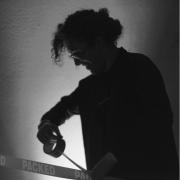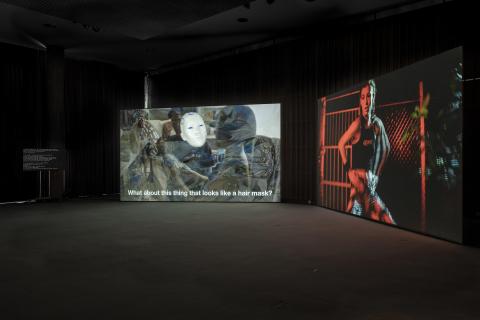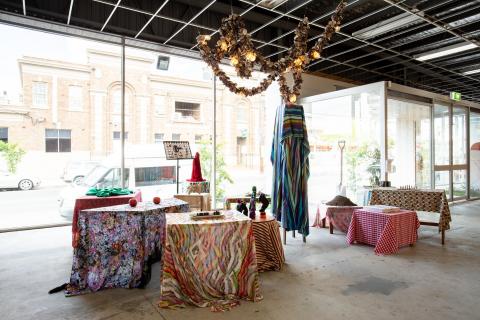Liquid Modernities Run Through Venice
We are all bodies of water.
[…] I am singular, dynamic whirl dissolving in a complex, fluid circulation. […] Water entangles our bodies in relations of gift, debt, theft, continuity, differentiation, relation. [1]
At this year’s Venice Biennale I couldn’t help myself but to look at the works through a lens of Hydro-logics. By that I mean a cross between Astrida Neimanis’s essay Hydrofeminism (2012) that dissolves comfortable categories, that rethinks the self as interconnected, relational and oceanic, with Hito Steyerl’s seminal work Liquidity Inc. (2014) focused on the circulation of information, assets, and issues of surveillance and militarisation through the theme of water as a shapeless motif. As such, many of the works reflect a Liquid Modernity characterised by ‘fragility, temporariness, vulnerability and constant change’; or a sense that what was constant and solid, is now contingent. [2]
The Biennale was announced to take on our post-truth context, fake news and alternative facts with the title May You Live in Interesting Times, and I had a different review in mind given my interest in art’s performative role in the building of public reality. [3] For me, interesting things about our times are the arts’ and humanities’ responsibility in this social context (there is no right position but a diversity of perspectives). As we’ve watched the reshaping of political institutions and the attack of others—such as education—it is necessary to question the art institution and its role. [4] This remained largely ignored in the curated exhibition, which was unchallenging as a whole. As if it was really there to save face. It felt somehow reassuring. With his contribution, curator Ralph Rugoff chose to focus on a distinctive methodology rather than a unifying theme, with the presentation of the same artists with different works in two locations (propositions ‘A’ and ‘B’ in the Arsenale and Giardini, respectively), although this was already explored during the last Documenta in Kassel and Athens, and was utterly ineffective in addressing the curated exhibition’s question of position, division and polarity in the broad theme about ‘our times’, or even for demonstrating that artists can have different interests/works. If the aim of the curatorial method was to ‘insist on multiplicity and contradiction’, why then did Rugoff insist on being a solo curator? [5]
On the other hand, some of the most interesting works in the Biennale—in both pavilions and curated exhibition—are concerned with fluidity, liquidity, capital and feminism. Starting with national pavilions, I was taken by the work REARMIRRORVIEW Simulation is Simulation, is Simulation, is Simulation…, (2019), of the young Anna K.E (Georgia), who created a sleek mirrored stage structure and self-contained system, a functioning fountain with built-in screens (showing the artist performing) to reflect on the interdependency between our digital, corporeal and public selves. Water is constantly running through letter-shaped taps based on the Georgian alphabet that spell the word ‘Deranged’. The idea of the fountain was pushed in the playful work of Kris Lemsalu (Estonia) in Birth V with a totemic and monumental vulva bouquet in glazed ceramics that each came out of life-sized coloured pants, surrounded with public benches that allowed the viewer to immerse themselves in the work’s delicate synthy soundscape, which was a residue of the artist performance during the opening. This work reminded me of Laure Prouvost’s fountain in a recent solo show at Palais de Tokyo. Prouvost’s work Deep See Blue Surrounding You / Vois ce bleu profond te fondre, (2019) at the French Pavilion is a must see; entering through the back, one emerges into a sea of blue resin and a number of cavernous spaces. The installation combines the many layers of the artist’s practice and her interest in nature, the subconscious, touch, language, the potentiality of slippages and free association. Similarly, performative gestures are used to explore ideas of plurality and democracy in the 3-channel video installation of the meticulous Angelica Mesiti in the Australian Pavilion, through non-verbal coding, scoring and deep listening. Concerns with language, body language, queerness and gender fluidity run through the poetic text-based and performative work of Itziar Okariz (Spain) and the video installation of Pauline Boudry and Renate Lorenz (Switzerland) that explores duality and the gaze through a choreography inspired from club culture and the idea of moving backwards as a form of resistance. Moving Backwards, (2019), refers to Kurdish guerrillas who wore their shoes the wrong way around to walk in the snowy mountains to deceive their enemies. The traces showed that they were walking backwards, but actually they were walking forwards, or the other way around.
Shu Lea Cheang’s site-specific work 3x3x6 (2019) is not to be missed, representing Taiwan at the old prison at St Marco (Palazzo delle Prigioni). The work includes an inverted digital panopticon with moving projections using facial recognition and a series of fictional videos with characters incarcerated for gender or sexual dissent. [6] Taiwan is not listed in any of the Biennale’s programs in print or online—which is perhaps related to Taiwan’s political struggles seeking greater independence from China by its progressive president Tsai Ing-wen. [7] The work is also very relevant in relation to the Human Rights Watch report denouncing China’s invasive digital surveillance techniques—on its Muslim minorities particularly—and the repression of dissent more generally.
Other pavilions had clear political signals such as Finland and Canada that were represented by two Indigenous collectives, The Miracle Collective and Isuma respectively, and discussions were held with Richard Bell and Megan Cope of proppaNOW at the Aboriginal Tent Embassy nearby. [8] I caught Bell on the pier outside Giardini who fundraised to present a miniature version of his rejected proposal to the Australian Pavilion and advocated for Indigenous rights and representation throughout the opening weekend with a series of public programs with curators, scholars and performers (#embassy2019). Others were less fortunate; Algeria’s first representation at the Venice Biennale was cancelled last minute in the context of the ongoing waves of protests against President Bouteflika that started in February, and despite the team’s independent fundraising. Bell’s work, a model of the Australian Pavilion itself—a modernist black box—in chains on a moving barge formally resembled a container ship, which also speaks to global trade and its inequalities. As such, liquidity and capital continues to be at the centre of Hito Steyerl’s work across the Giardini and Arsenale, with a drifty and glitchy video installation with AI-generated imagery with other cut-up imagery, and self-prediction of its future. The work is inspired by Leonardo da Vinci’s unrealised submarine designed for Venice, as well as the city’s alarm system protecting it against rising sea levels, and builds a narrative connecting systems of defence, global warming and our automated future.
Continuing at the Arsenale in the group exhibition, there are a number of works that resonate with Steyerl’s practice and concerns, such as Cyprien Gaillard’s Ocean II Ocean (2019) at the end of the pier, an immersive video work that felt like a funeral mass for the skeletons of the dead bodies in our walls and public infrastructure, formally fossils and shells, and implicitly the human bodies upon which this infrastructure and society more broadly is built through the colonial project. Slavs and Tartars struck again with humour to critique western civilisation and appropriation with Dillio Plaza (2019), an installation around (another) fountain that reclaims the Turkic origins of fermentation first used by nomadic tribes. Viewers are invited to get fermented Sauerkraut juice at a vending machine; probably the most generous work in the Biennale my friend jokes ‘it must be so good for you!’ as we take a rest in the installation feeling absolutely exhausted after a couple of opening days running around the Biennale and collateral exhibitions. [9]
There’s a lot more to talk about but the ideas of Hydro-logic and Liquid Modernity will allow me to mention Andra Ursuta’s ambiguous and liquid-filled glass sculptures (group exhibition, Arsenale), and also by extension, the work Sun Sea (Marina), (2019), by Rugile Barzdziukaite, Vaiva Grainyte and Lina Lapelyte at the Lithuanian Pavilion that received a Golden Lion for their stunning durational opera-performance. [10] Viewed from above, the work unfolded on a beach with a cross-generational cast of children, couples and grand-parents singing a series of librettos (‘Vacationers Chorus’, ‘Song of Complaint’, ‘Workoholic Song’, songs also available for sale on vinyl at the Pavilion). The songs combined personal anecdotes and comments that reflected on the everyday, exhaustion and global warming. The work was ambient, at a slow pace the friction between the realness of the live performance and the fakeness of the beach produced another ‘warming’ effect, a feeling that we are just humans, negotiating space and our own bodies, trying to live together on a thin layer of ‘nature’. Performance has a large presence in the Biennale, through works such as Sun Sea (Marina), and installation-based works by practitioners that work with performance such as Itziar Okariz (Spanish Pavilion), Pauline Boudry and Renate Lorenz (Swiss Pavilion) or Anna K.E (Georgian Pavilion) mentioned above among many others. This shows that performance is not ‘coming back’ but has rather been institutionalised, for better or worse.
[1] Astrida Neimanis, ‘Hydrofeminism: Or, On Becoming a Body of Water’ in Gunkel, H., Nigianni, C., Söderbäck, F. (Eds.), Undutiful Daughters: New Directions in Feminist Thought and Practice, Palgrave Macmillan, 2012, p85.
[2] Zygmut Bauman, Liquid Modernity, Cambridge: Polity Press, 2000, p82.
[3] Artforum announcement 16 July 2018. https://www.artforum.com/news/58th-venice-biennale-will-take-on-alternative-facts-and-fake-news-75996
[4] This is characterised by Trumpism, that includes a profound and disturbing change in the relationship between media and politics.
[5] Interview with Ralph Rugoff in Art Press Issue 466, Mai 2009, p46-49.
[6] The catalogue edited by Paul B. Preciado is available here.
[7] For example, in a landmark precedent, Taiwan became the first Asian country to legalise same-sex marriage on May 17, 2019.
[8] Isuma’s work focused on the role of media in reclaiming land and the work is fully online on isuma.tv.
[9] If in Venice, I would recommend stopping by the Ocean Space, the Pinchuk Future Generation Art Prize, the Jannis Kounnelis retrospective at Prada Foundation, Kenneth Goldsmith’s The Hilary Clinton Emails at Despar Teatro Italia, Warren Neidich’s Rumor to Delusion at Zuecca Projects, and Venetian Blind curated by David Cross and Cameron Bishop at Palazzo Bembo and the V-A-C Foundation.
[10] You can watch a short preview trailer here.

,%20opera-performance,%20Biennale%20Arte%202019,%20Venice%20%C2%A9%20Andrej%20Vasilenkoheader_1-itok=hKPS8kcI.jpg)
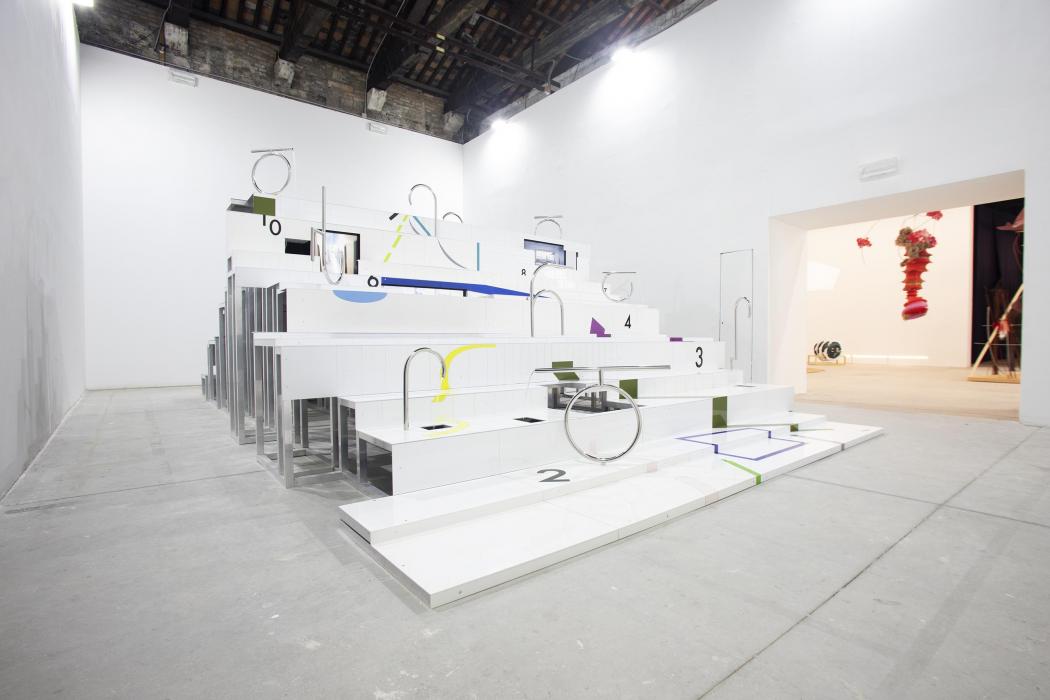
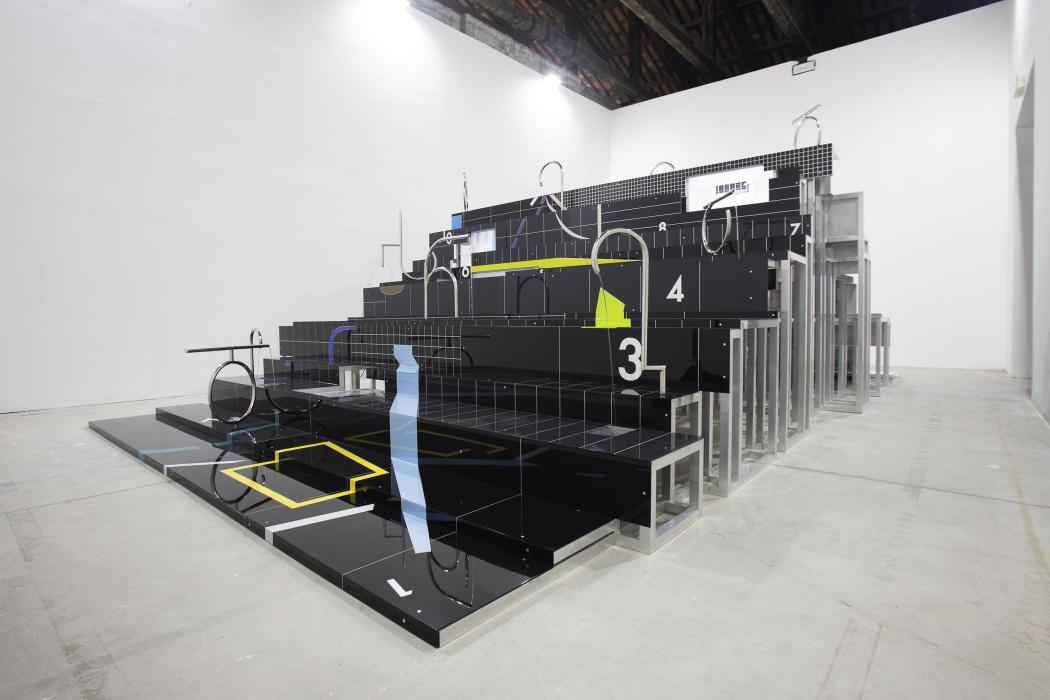
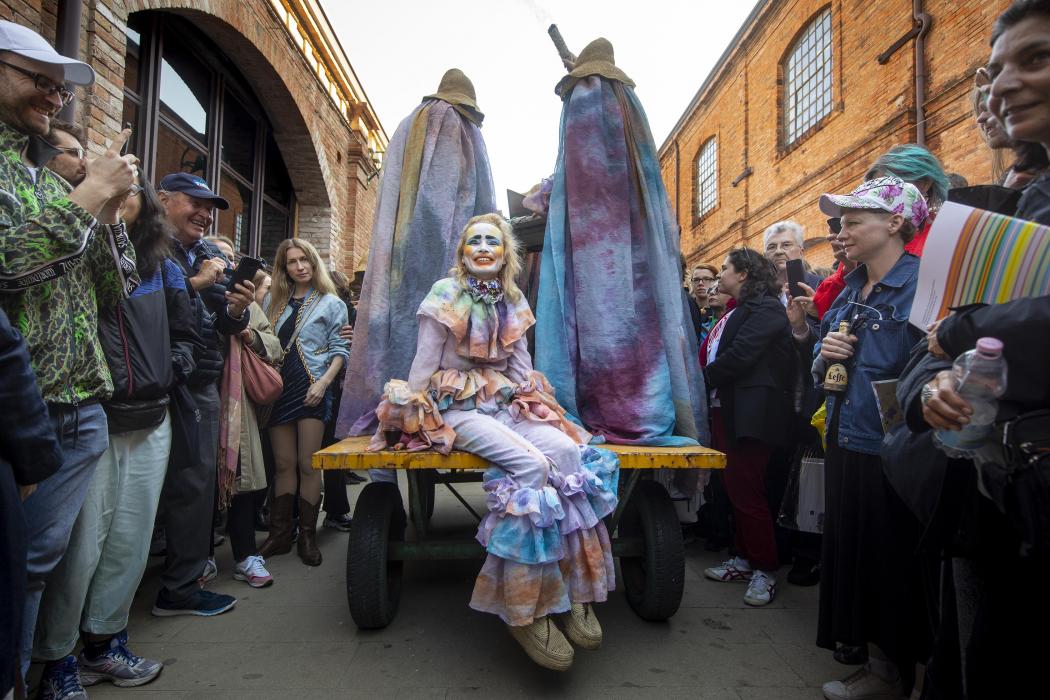
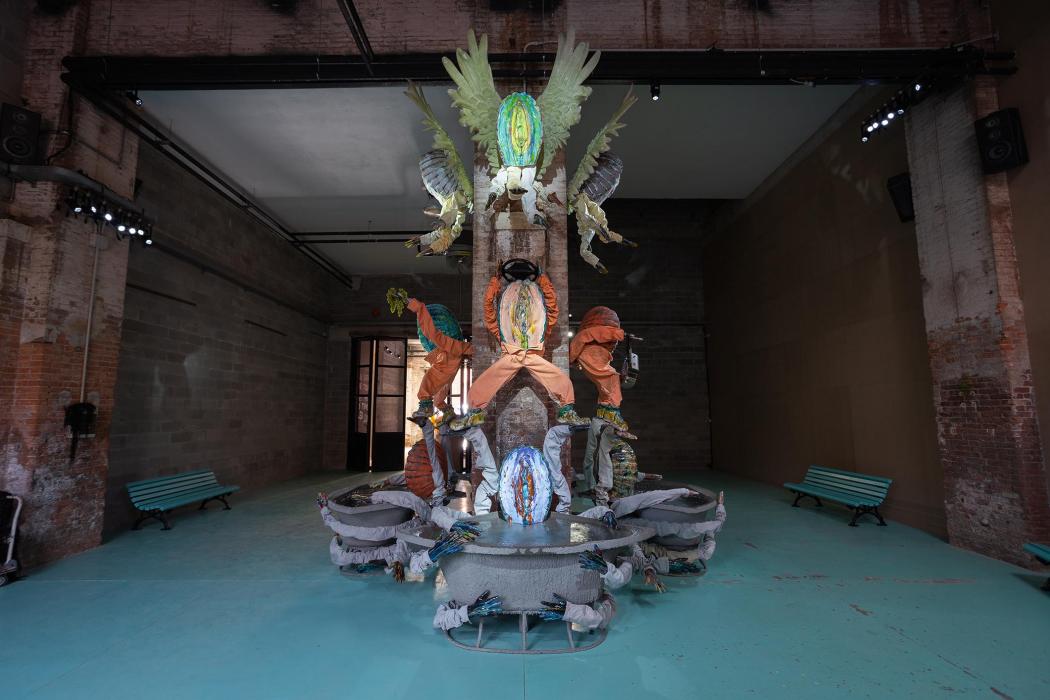
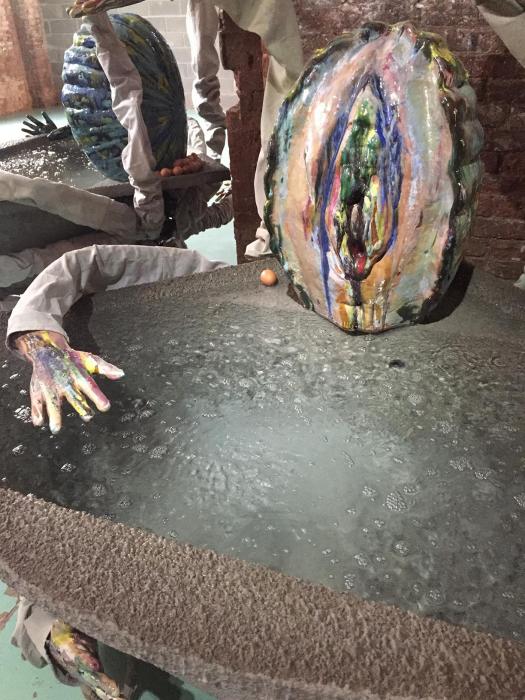
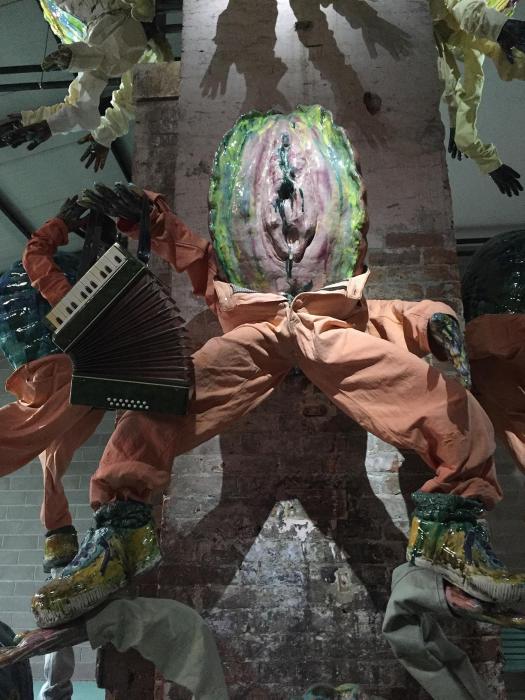
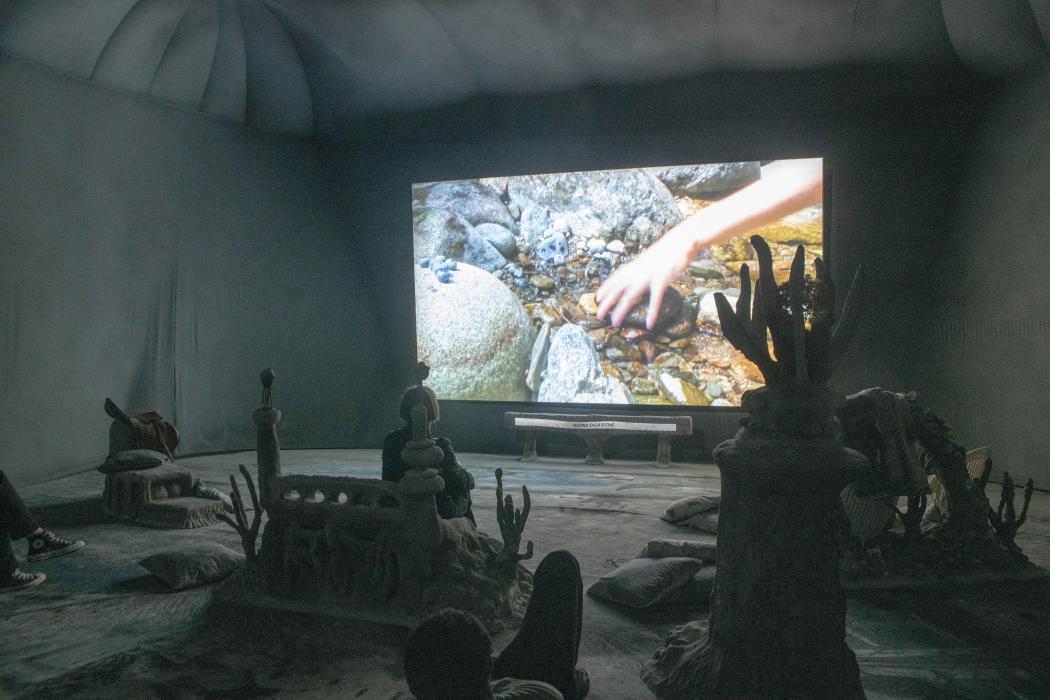
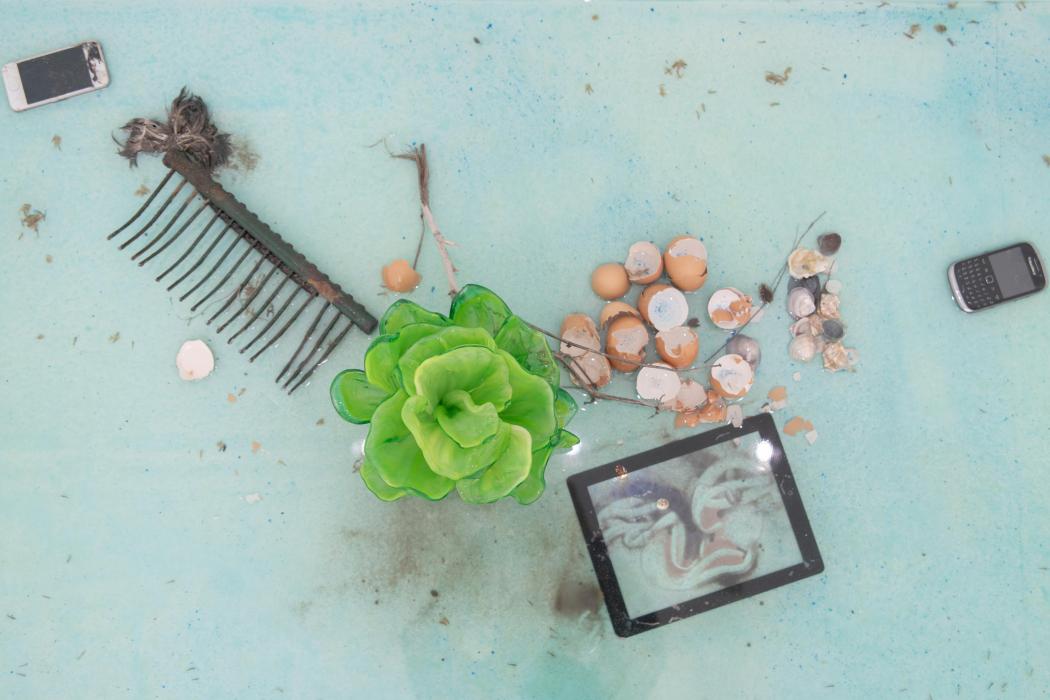
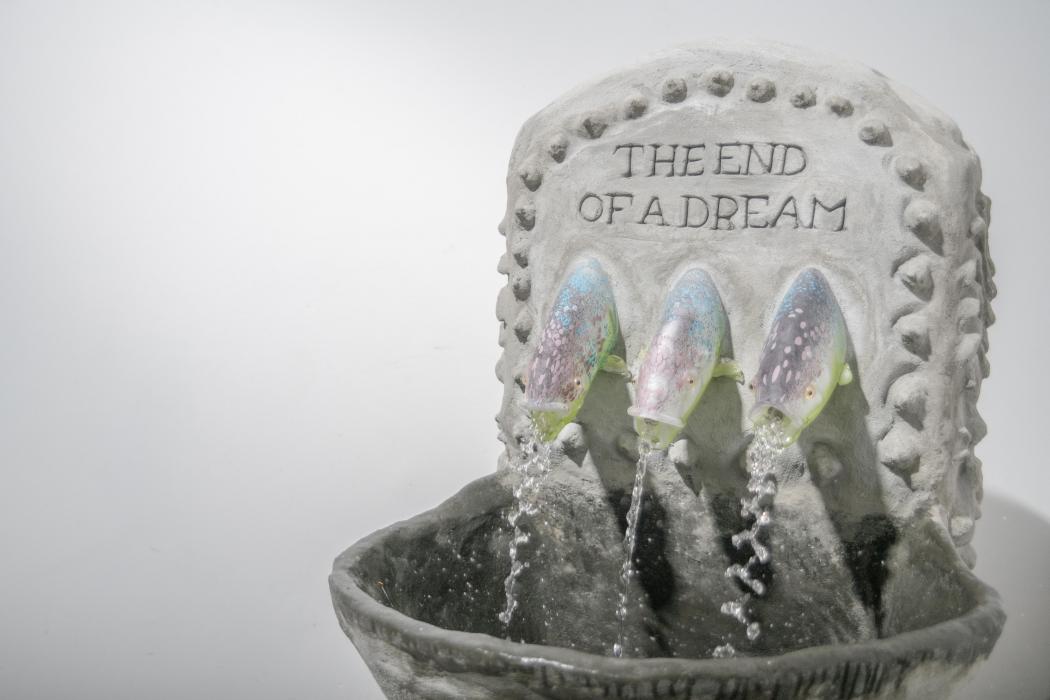
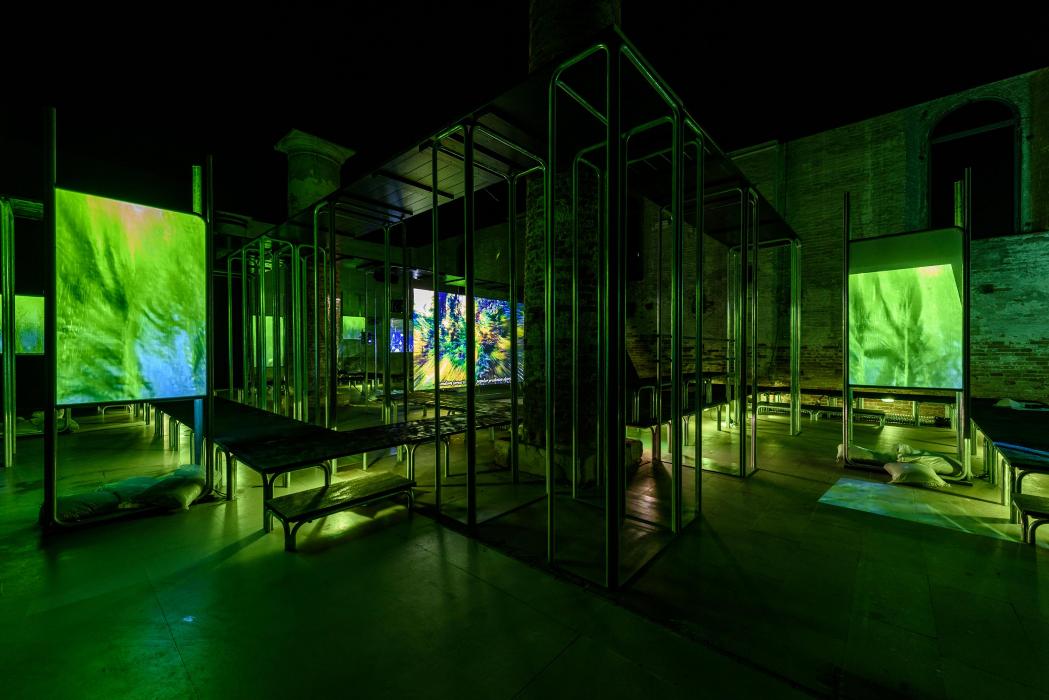
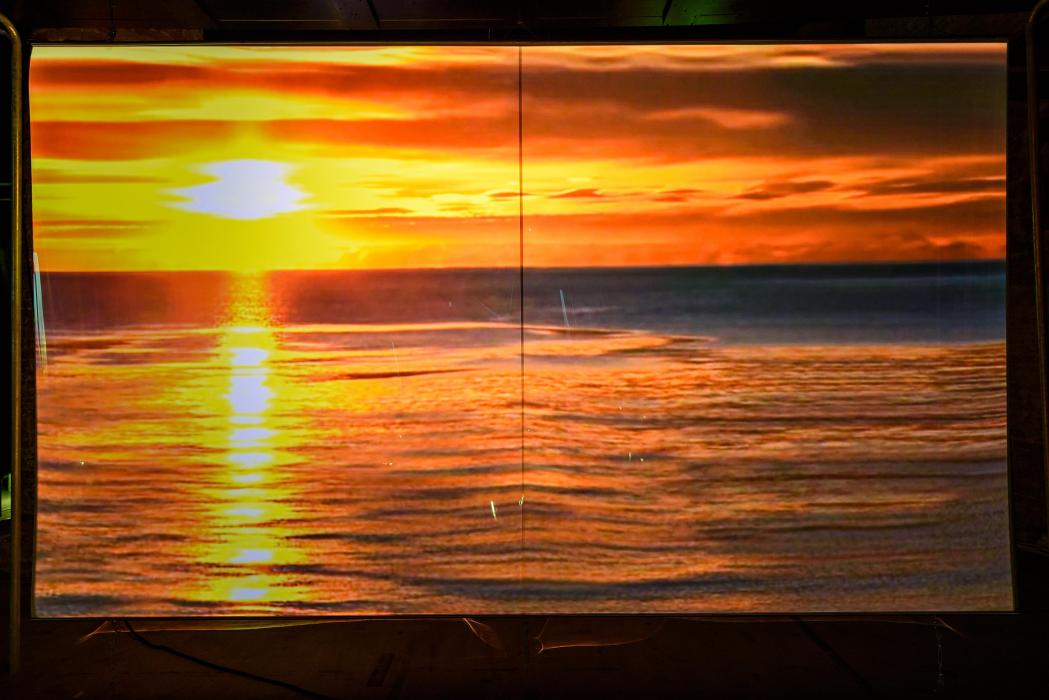
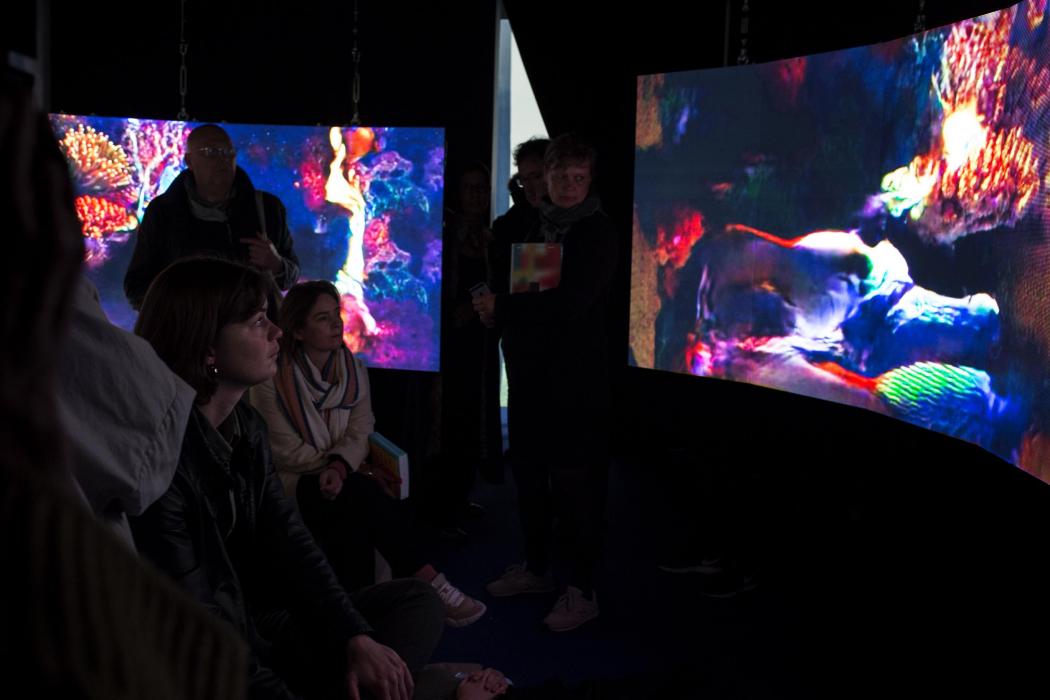
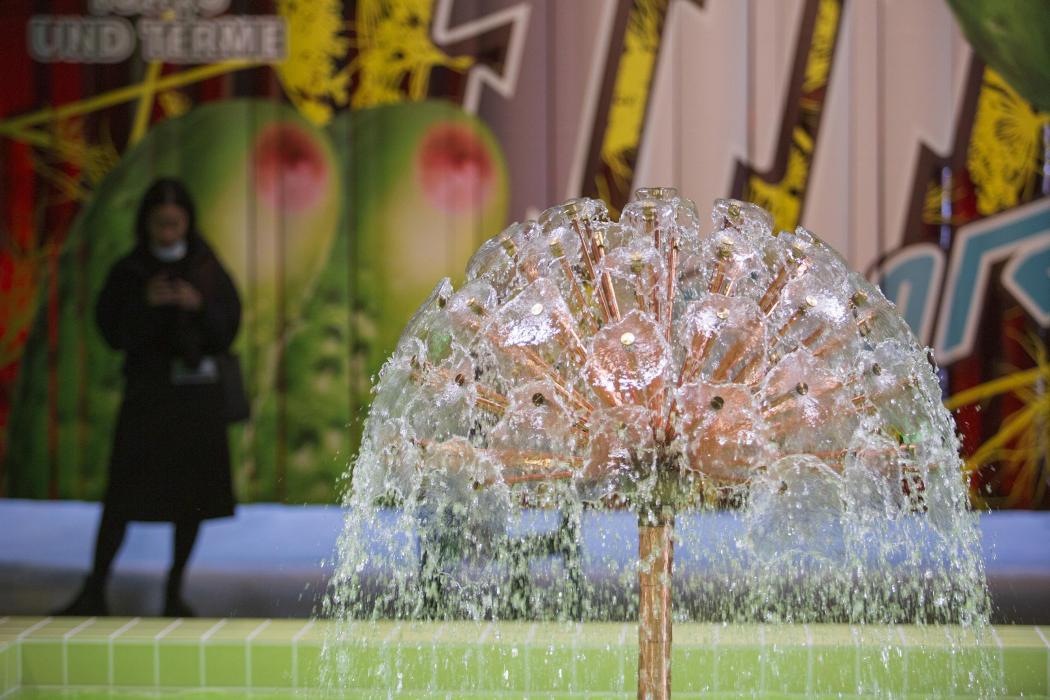
,%20opera-performance,%20Biennale%20Arte%202019,%20Venice%20%C2%A9%20Andrej%20Vasilenko-itok=znH3Cbws.jpg)
,%20opera-performance,%20Biennale%20Arte%202019,%20Venice%20%C2%A9%20Andrej%20Vasilenko-itok=918odMhN.jpg)
